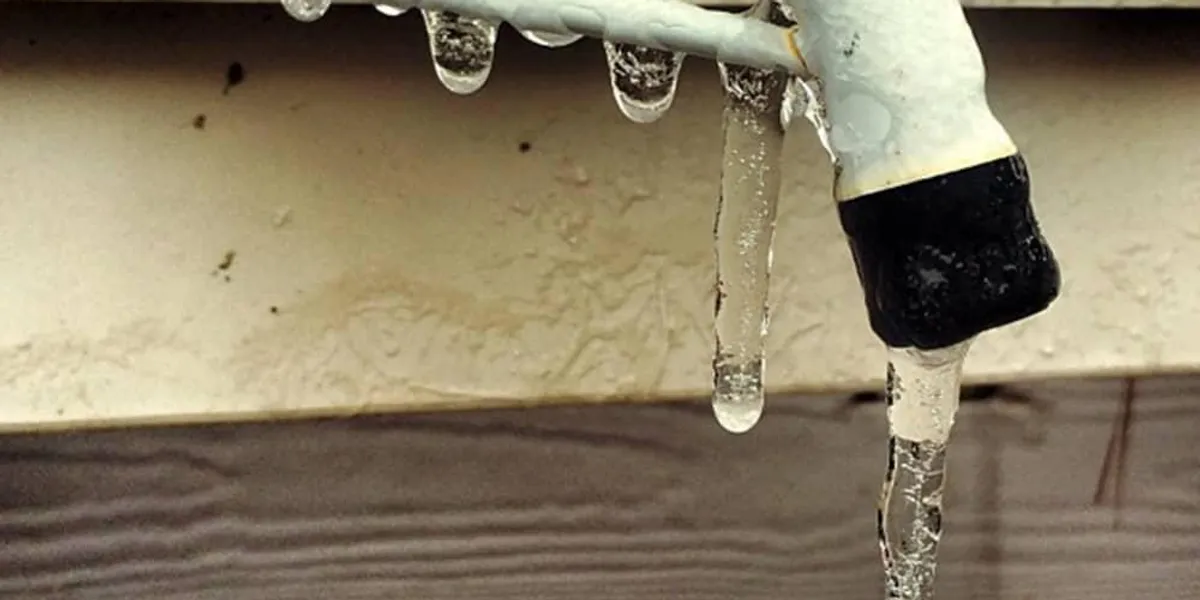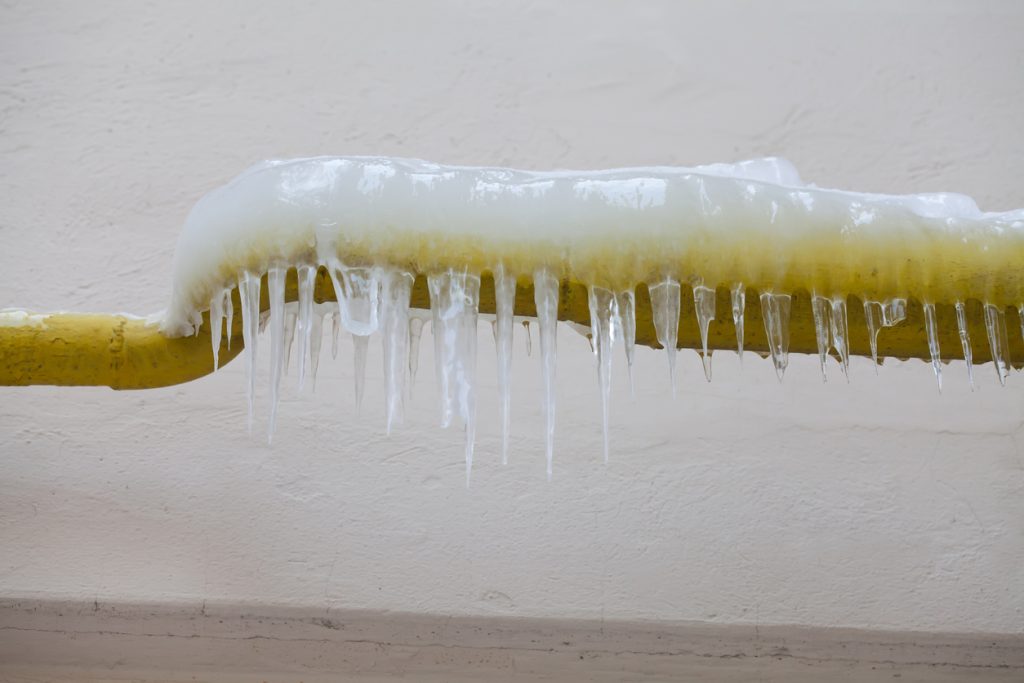Tips to Keep Your Pipes from Cold Weather Issues: Essential Tips
Tips to Keep Your Pipes from Cold Weather Issues: Essential Tips
Blog Article
Do you find yourself trying to find info concerning How to prepare your home plumbing for winter weather?

Cold weather can wreak havoc on your plumbing, particularly by freezing pipes. Right here's exactly how to avoid it from occurring and what to do if it does.
Introduction
As temperatures drop, the risk of frozen pipelines rises, possibly causing expensive repair work and water damage. Recognizing just how to avoid frozen pipelines is vital for house owners in cold environments.
Prevention Tips
Insulating at risk pipes
Cover pipes in insulation sleeves or make use of warm tape to protect them from freezing temperature levels. Focus on pipes in unheated or external areas of the home.
Home heating techniques
Keep indoor spaces appropriately warmed, specifically locations with plumbing. Open closet doors to permit cozy air to circulate around pipes under sinks.
Just how to determine icy pipelines
Search for decreased water flow from taps, unusual smells or sounds from pipes, and visible frost on subjected pipes.
Long-Term Solutions
Structural changes
Take into consideration rerouting pipelines far from outside walls or unheated areas. Add extra insulation to attic rooms, cellars, and crawl spaces.
Upgrading insulation
Purchase top notch insulation for pipes, attics, and wall surfaces. Appropriate insulation helps maintain regular temperatures and reduces the threat of frozen pipelines.
Securing Outdoor Pipes
Garden tubes and outside faucets
Disconnect and drain pipes garden pipes before wintertime. Install frost-proof faucets or cover exterior faucets with shielded caps.
Understanding Icy Pipelines
What causes pipes to ice up?
Pipes freeze when subjected to temperature levels listed below 32 ° F (0 ° C) for extended periods. As water inside the pipes ices up, it increases, taxing the pipeline wall surfaces and possibly causing them to break.
Threats and problems
Icy pipes can cause water supply interruptions, property damage, and expensive repairs. Ruptured pipelines can flood homes and create comprehensive architectural damage.
Indicators of Frozen Water Lines
Identifying icy pipelines early can avoid them from bursting.
What to Do If Your Pipelines Freeze
Immediate actions to take
If you believe frozen pipelines, maintain taps open up to relieve stress as the ice melts. Utilize a hairdryer or towels soaked in warm water to thaw pipelines slowly.
Verdict
Avoiding icy pipes needs proactive procedures and fast responses. By understanding the causes, indicators, and preventive measures, house owners can shield their plumbing during winter.
5 Ways to Prevent Frozen Pipes
Drain Outdoor Faucets and Disconnect Hoses
First, close the shut-off valve that controls the flow of water in the pipe to your outdoor faucet. Then, head outside to disconnect and drain your hose and open the outdoor faucet to allow the water to completely drain out of the line. Turn off the faucet when done. Finally, head back to the shut-off valve and drain the remaining water inside the pipe into a bucket or container. Additionally, if you have a home irrigation system, you should consider hiring an expert to clear the system of water each year.
Insulate Pipes
One of the best and most cost-effective methods for preventing frozen water pipes is to wrap your pipes with insulation. This is especially important for areas in your home that aren’t exposed to heat, such as an attic. We suggest using foam sleeves, which can typically be found at your local hardware store.
Keep Heat Running at 65
Your pipes are located inside your walls, and the temperature there is much colder than the rest of the house. To prevent your pipes from freezing, The Insurance Information Institute suggests that you keep your home heated to at least 65 degrees, even when traveling. You may want to invest in smart devices that can keep an eye on the temperature in your home while you’re away.
Leave Water Dripping
Moving water — even a small trickle — can prevent ice from forming inside your pipes. When freezing temps are imminent, start a drip of water from all faucets that serve exposed pipes. Leaving a few faucets running will also help relieve pressure inside the pipes and help prevent a rupture if the water inside freezes.
Open Cupboard Doors
Warm your kitchen and bathroom pipes by opening cupboards and vanities. You should also leave your interior doors ajar to help warm air circulate evenly throughout your home.

As an avid person who reads on Prevent Frozen Pipes , I think sharing that piece of content was beneficial. Enjoyed our posting? Please share it. Let other people discover it. Thank you so much for going through it.
Book Service Report this page